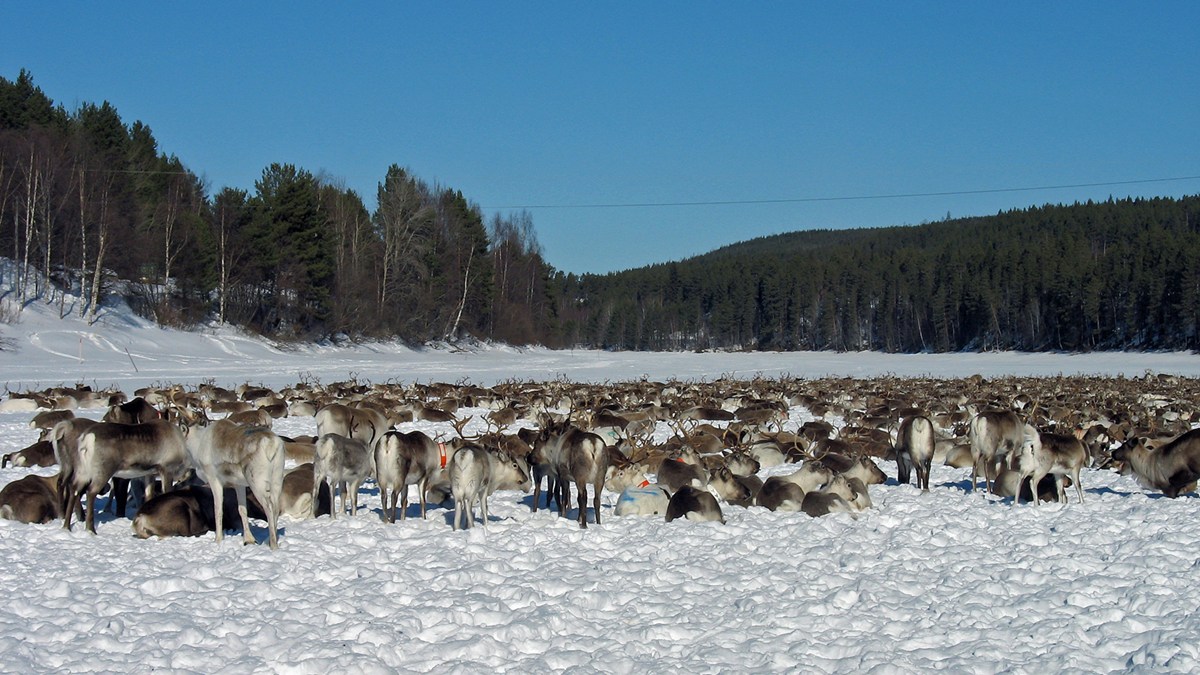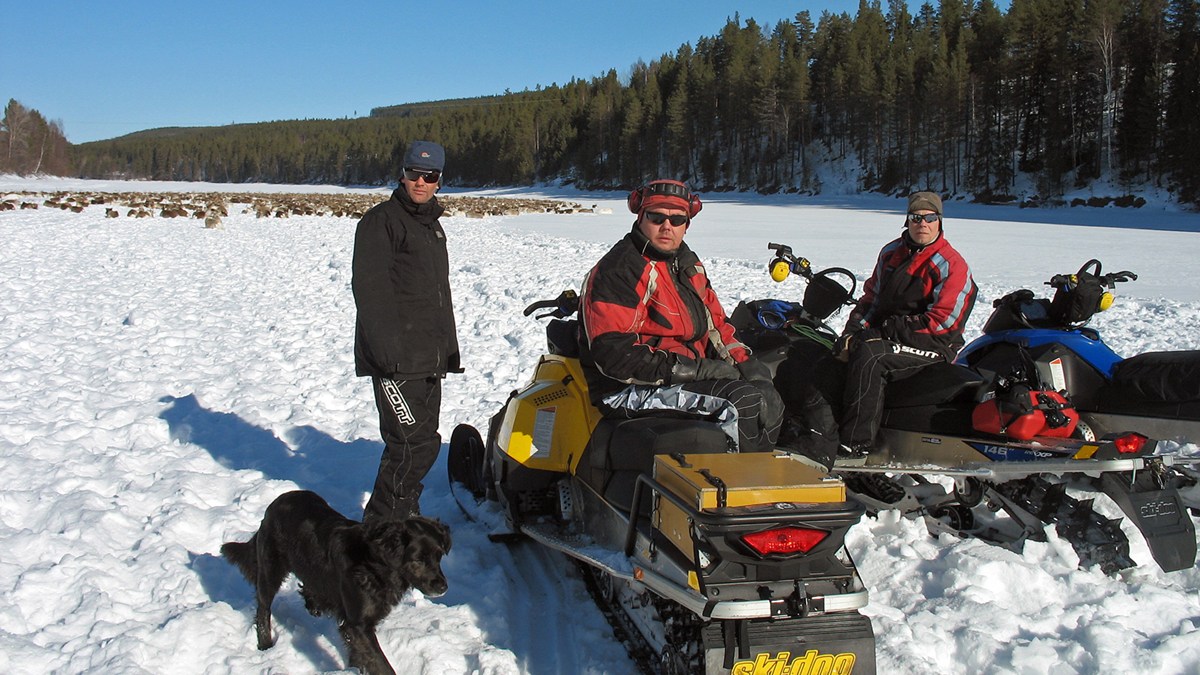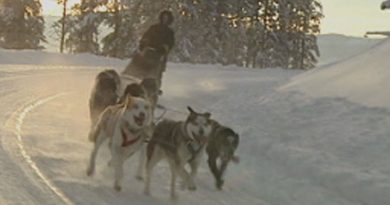Reindeer Herders Start Long Westward Journey After Good Grazing Winter
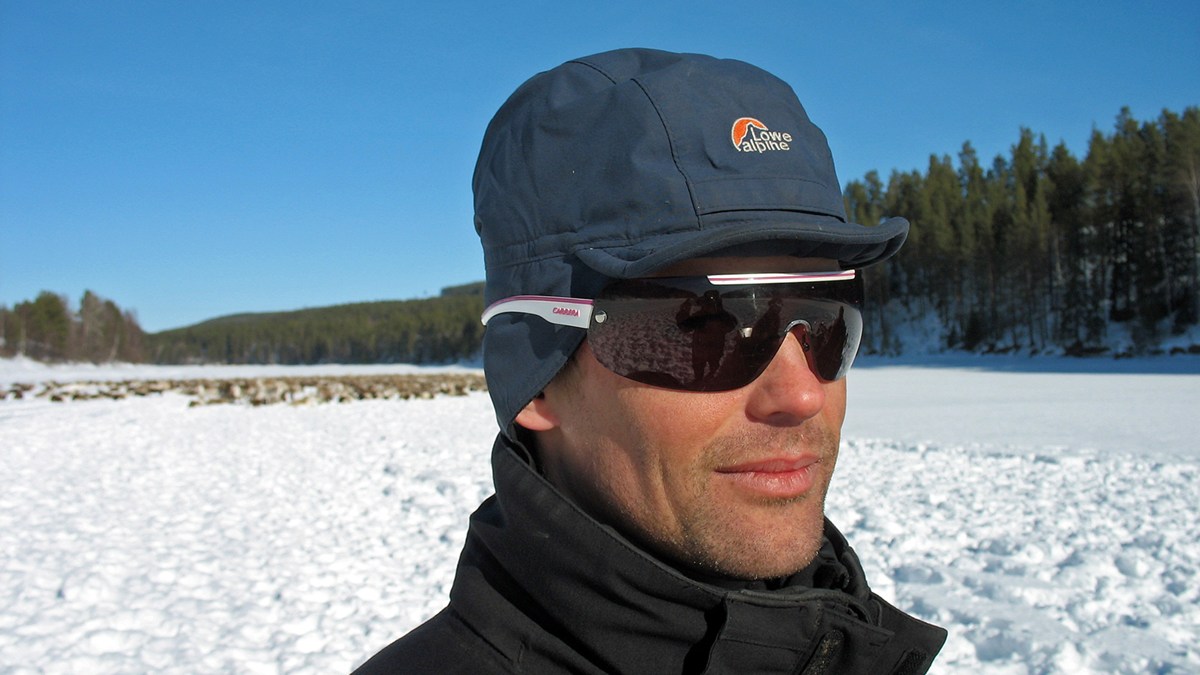 The long winter is coming to an end and spring is approaching. For reindeer herders this means that it’s time to start looking to the west, towards lighter times in the mountains. Oddasat.se accompanied a winter group from the Sámi reindeer herding community of Ran as it began its journey along the river Vindelälven.
The long winter is coming to an end and spring is approaching. For reindeer herders this means that it’s time to start looking to the west, towards lighter times in the mountains. Oddasat.se accompanied a winter group from the Sámi reindeer herding community of Ran as it began its journey along the river Vindelälven.
A large dark mass can be seen in the distance, gradually moving over the ice-covered river. It’s moving slowly despite the three snow scooters and a dog, energetically barking behind the herd.
“It’s too bad there’s an easterly wind,” says Tomas Rehnfjell, one of the reindeer owners driving the reindeer with snow scooters. “They don’t want to go west today.”
I’ve parked my car along Highway 363, which runs beside the river, 10 kilometers north of Vindeln in northen Sweden. Reindeer herder Johan Rehnfjell has promised to pick me up with a scooter. The herd stops when he breaks from the group and drives towards the river bank where I’m standing in deep snow.
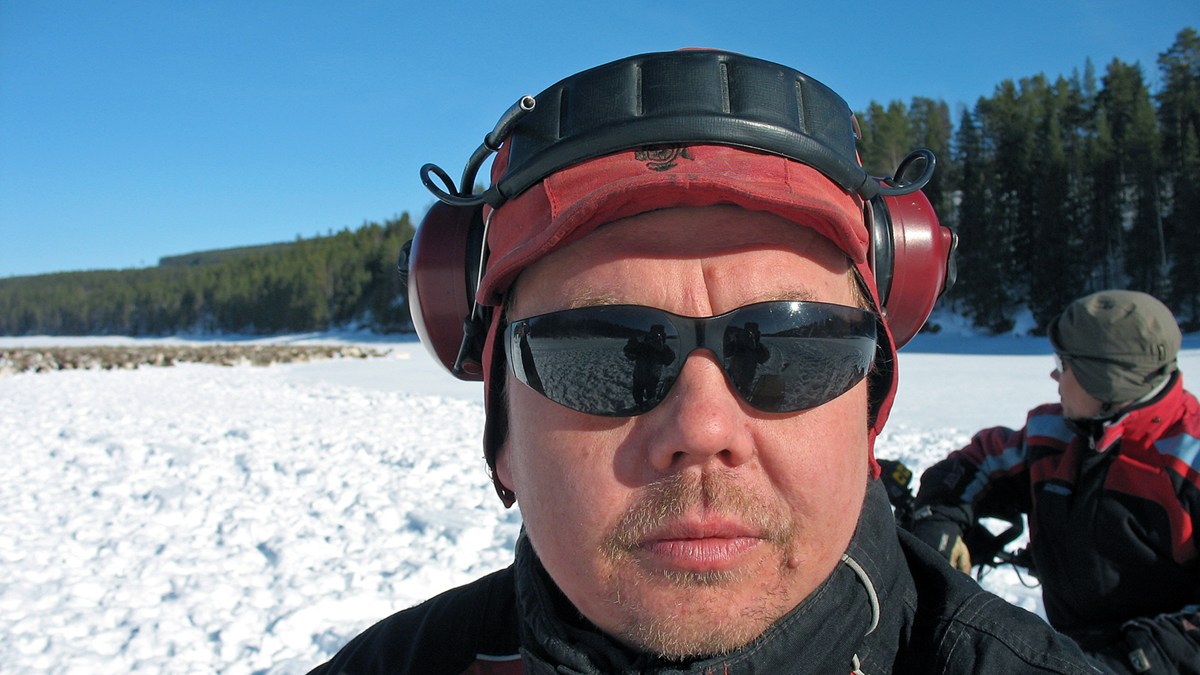 It only takes a few minutes before the reindeer lie down on the ice.
It only takes a few minutes before the reindeer lie down on the ice.
“They usually want to lie down like this in the middle of the day,” says Lars-Johan Andersson as I come up to them.
We’re standing in the sunshine about a hundred meters behind the reindeer herd. The reindeer are unconcerned by a passing scooter on the way up the river.
“Now it feels good,” says Lars-Johan. “We’re heading in the right direction.”
Reindeer are semi-tame animals that live in large herds, in the summer up to thousands of animals together in the mountain heaths.
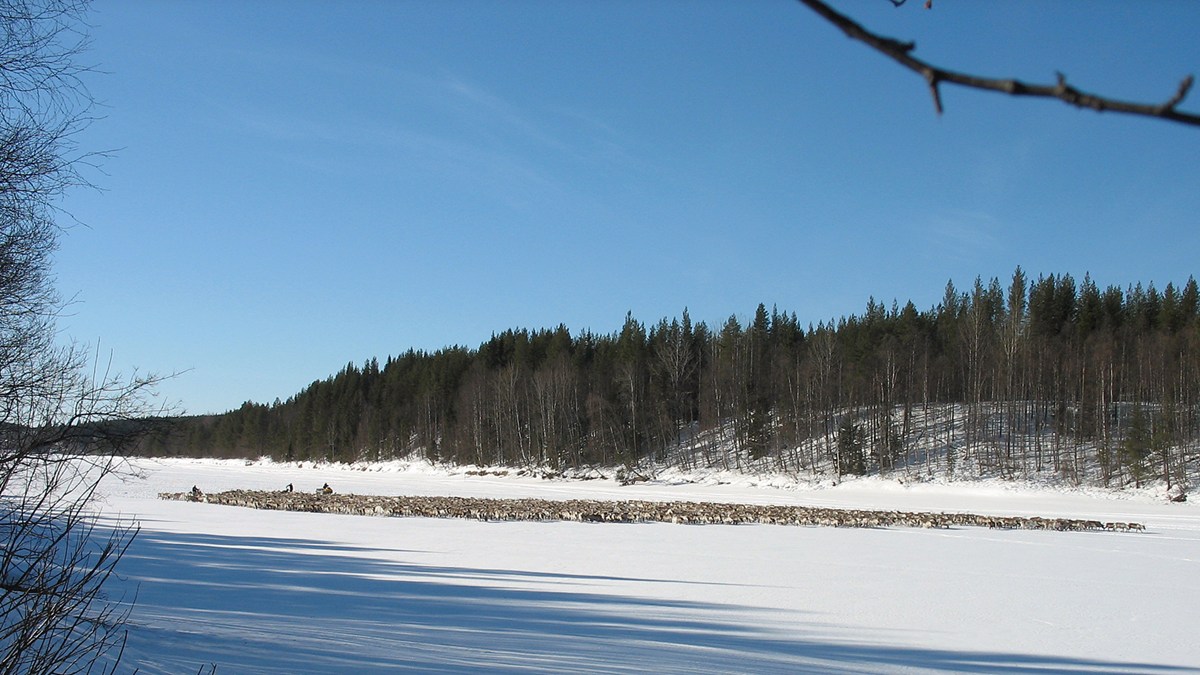 During the winter half of the year, the reindeer herders move eastwards, down to the forested country for winter grazing, where the reindeer are separated into smaller herds by family.
During the winter half of the year, the reindeer herders move eastwards, down to the forested country for winter grazing, where the reindeer are separated into smaller herds by family.
During the winters of the 1990s and 2000s, the reindeer industry has been negatively affected by poor grazing winters.
The changed climate has entailed extreme shifts between mild and cold weather, which means that the reindeer’s most important food, reindeer lichen, has been entrapped beneath a crust of ice.
The reindeer herders have been forced to provide feed to their reindeer with significant costs as a result.
But this winter has been unusually good for reindeer, at least in larger parts of the Swedish reindeer herding region. Not too much snow and no mild periods that destroy the reindeer lichen.
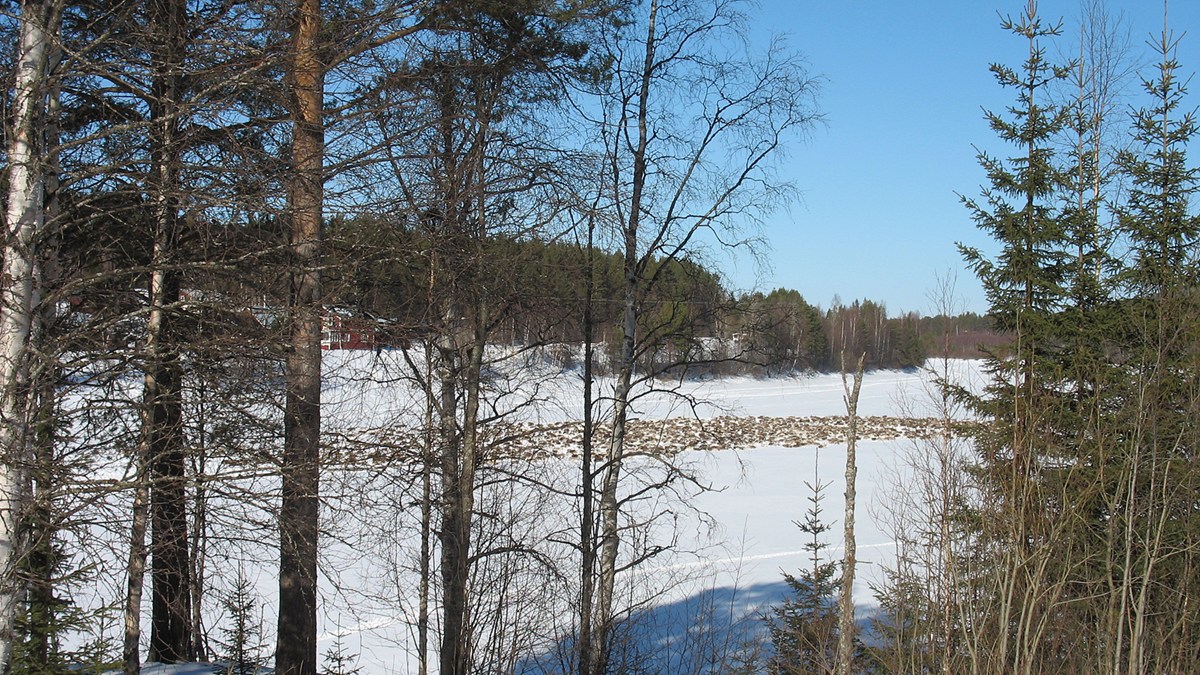 In many areas, reindeer herders are saying that this has been the best winter they’ve seen.
In many areas, reindeer herders are saying that this has been the best winter they’ve seen.
The good conditions also permit this family group from Ran to move the reindeer westward on foot instead of transporting them in trucks.
“It depends on the condition of the reindeer,” says Tomas Rehnfjell. “If grazing is poor, we may have to truck them, but this winter it’s has been good and we can move them on foot.”
The reindeer owners say that the biggest advantage of moving the reindeer on foot instead of trucking them is that the reindeer learn the paths.
“Truck them for ten years and they won’t be able to find their way to winter grazing on their own,” says Tomas Rehnfjell.
I move closer to the reindeer herd on the tramped ice to take a few pictures. Ten or so of the closest reindeer at the edge of the herd stand and begin uneasily stamping the ground, but they stay where they are when they see that I mean no harm.
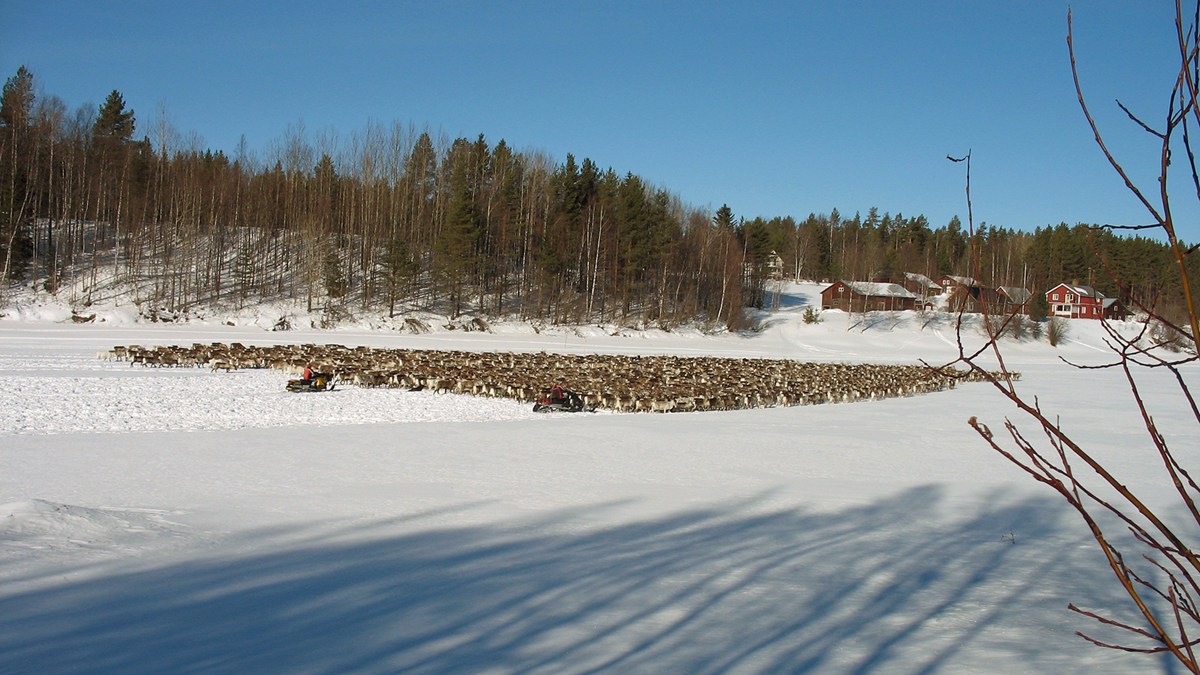 After a little chat on the ice in the sharp winter sun, it’s time again for the reindeer owners to continue towards the mountains and lighter times.
After a little chat on the ice in the sharp winter sun, it’s time again for the reindeer owners to continue towards the mountains and lighter times.
“It feels good when we finally start getting a little higher up and into the mountains,” says Johan Rehnfjell, and I can almost see his eyes smiling behind the dark sunglasses. “It’s a better place, with views and open spaces.”
Johan Rehnfjell drives me back to my car before rejoining his comrades behind the reindeer herd. Shortly after, the dark mass begins to slowly move over the ice and soon disappears from sight behind the next bend in the river.
